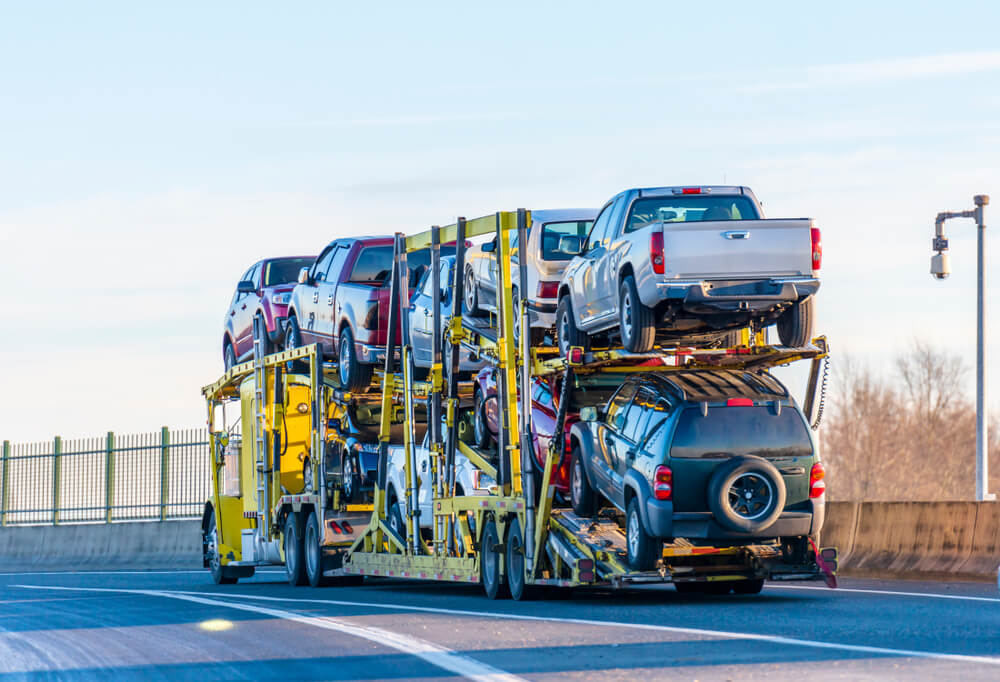When it comes to transporting your vehicle or managing Less Than Container Load (LCL) shipments, understanding the intricacies of quotes and tracking is crucial. Whether you’re moving across the country or shipping goods internationally, this step-by-step guide will help you compare auto transport quotes and efficiently track your LCL shipment.
Comparing Auto Transport Quotes
- Research Multiple Providers: Start by researching and gathering quotes from multiple auto transport companies. Consider factors like reputation, customer reviews, and industry experience to narrow down your options this website.
- Understand the Pricing Structure: Auto transport quotes are influenced by various factors, including the distance, vehicle type, and the chosen shipping method (open or enclosed transport). Familiarize yourself with the pricing structure to ensure you’re comparing apples to apples when evaluating different quotes.
- Request Detailed Quotes: When obtaining quotes, ask for detailed breakdowns of the costs involved. This may include transportation fees, insurance, and any additional services offered by the company. Clear communication is key to avoiding hidden fees later in the process.
- Check for Insurance Coverage: Verify the insurance coverage provided by each auto transport company. Ensure that your vehicle will be adequately insured during transit, protecting you from potential damages.
- Read Customer Reviews: Look for reviews from previous customers to gauge the reliability and service quality of each auto transport provider. A company with positive feedback and a history of satisfied customers is more likely to provide a smooth shipping experience.
- Compare Delivery Times: Consider the estimated delivery times provided by each company. While expedited services may cost more, they can be worth it if you need your vehicle to arrive quickly.
Tracking Your LCL Shipment
- Obtain Shipment Details: For LCL shipments, gather all relevant shipment details from the freight forwarder or shipping company. This includes the Bill of Lading, container number, and estimated arrival date click here to learn more.
- Utilize Online Tracking Tools: Many freight forwarders and shipping companies provide online tracking tools that allow you to monitor your LCL shipment in real-time. Use these tools to check the status of your shipment and receive updates on its location.
- Communicate with the Freight Forwarder: Establish clear communication with your freight forwarder or shipping company. Regularly inquire about the progress of your LCL shipment and address any concerns or delays promptly.
- Monitor Customs Clearance: For international LCL shipments, keep a close eye on the customs clearance process. Delays in customs can impact the overall delivery timeline, so staying informed is crucial.
- Plan for Unforeseen Circumstances: Be prepared for unforeseen circumstances such as weather delays, customs issues, or transportation challenges. Having contingency plans in place will help you navigate any unexpected hurdles.
Conclusion
Comparing auto transport quotes and tracking your LCL shipment requires careful consideration and proactive communication. By following this step-by-step guide, you can make informed decisions when selecting an auto transport provider and ensure a smooth process for your LCL shipment. Remember to stay vigilant, ask questions, and stay engaged throughout the transportation journey to guarantee a successful and stress-free experience.



